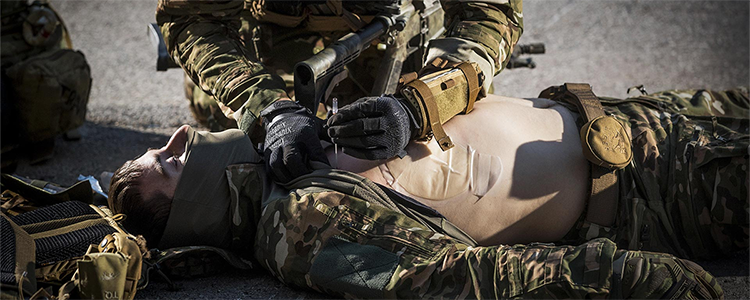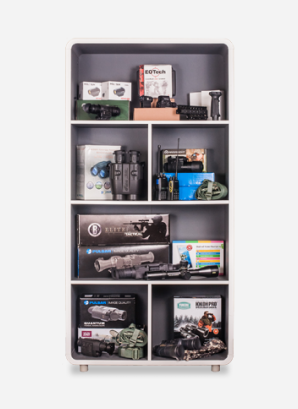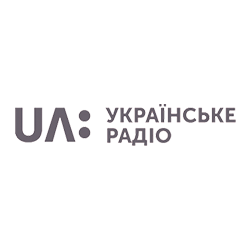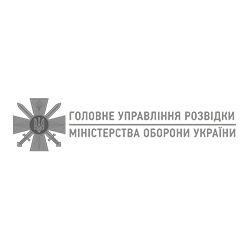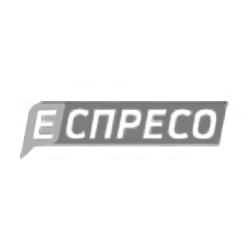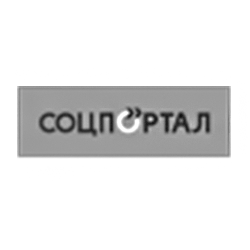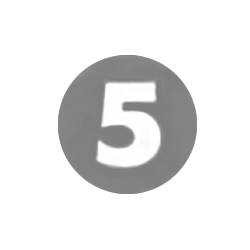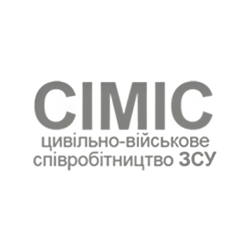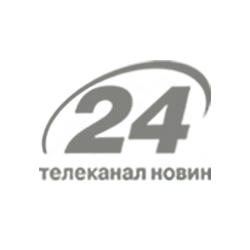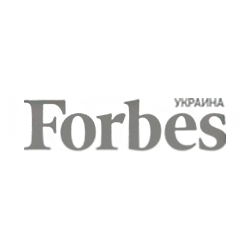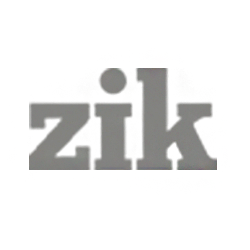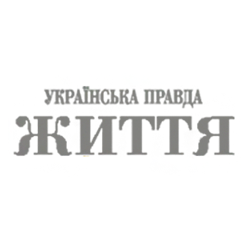We decided to get back to old times, and upon the request of an air assault brigade’s fighters who are going to head to the forefront soon, to equip their paramedics. So we selected, ordered and purchased the sets for medical backpacks. It is always exciting to pry into professional secrets a bit, so let us look together what equipment is used by military paramedics whose task is to save lives and stabilize patients who had sustained the severest combat injuries, in seconds. Hence, the kits contain the following stuff.

Four Sich tourniquet bandages. The manufacturer states and our friends medics confirm that this is one of the best options currently available in the market. Naturally, they’re designed to stop the bleeding from a wounded limb. We cannot show them to you properly since the bandages have been carefully pre-packed in sterile conditions by the manufacturer. Also, you can see a pair of Krovospas hemostatic bandages. It is the hemostatic agent that allows to stop a massive bleeding including an arterial one, and securely tamponade the wound. In addition, the manufacturer took into account the practical experience in application of such agents and improved it to prevent the dispersion of the powder in the air and avoid its inhaling by both medics and wounded. One just needs to open the packaging and apply the bandage to the wound in seconds, that’s all.

“Opikun” (a play on words in Ukrainian; the name means “caregiver” but is spelled based on the word “опік”, that is “a burn”). Despite the slightly weird name, it’s a great tool allowing to cover a skin burn, wound or massive abrasion, to relieve the pain, sterilize the surface and foster the healing process. It is an indispensable tool in the combat zone. We bought a few of these in various modifications.
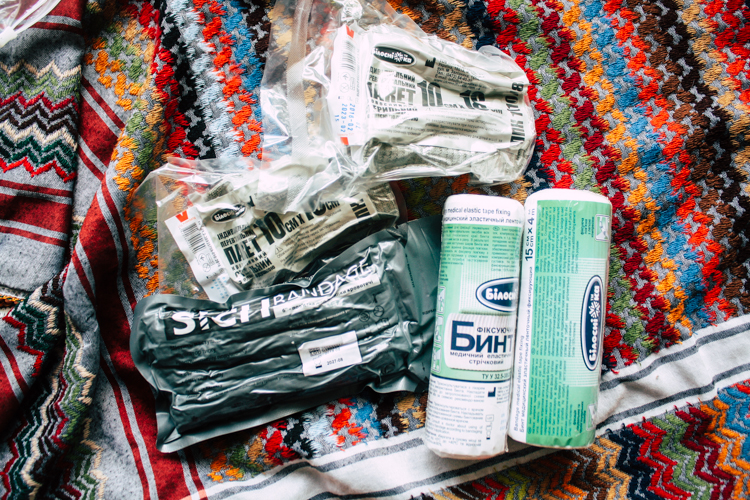
Now to desmurgical agents: these are hemostatic bandages and field dressings. They look wrinkly and not that photogenic because they are sterilized and vacuum-packaged. Still, these items are pretty helpful.

The next is purely mechanical equipment. Tactical round-tipped scissors enabling military paramedics to expose injured zones quickly and safely, with no risk of traumatizing the skin by mistake. A fixing tape and a permanent marker allowing to leave important marks for surgeons in a hospital. And, the main thing, nasopharyngeal airways (also, NPA, nasal trumpet or nose hose). These are applied to secure an open airway when a person sustained an injury to his or her face or neck, with massive bleeding or anaphylaxis, or when an unconscious person’s tongue slides back and obstructs the airway, this airway adjunct is inserted into the nasal passageway to secure an open airway and prevent the patient’s suffocation. Quite a simple yet life-saving tool.

Bandages, tissues, and gloves. These consumables are always in demand in field conditions, so paramedics need to have them at hand. The quantity we bought will be enough to satisfy the immediate needs of military medics, while the rest of necessities will be sent through standard military supply channels.

Four immobilizing dressings. The prints on these resemble puppies’ silhouettes, but as one moves closer, he or she can see the images are application schemes. The dressings are used for fixation of the limbs and immobilization of the body. A handy tool, indeed.

It took a century of evolution in medicine for a Ukrainian paramedic to get an occlusive thoracic sticker. It is a true medical marvel, simple and vital at the same time. In case of a chest injury, instead of getting tangled in bandages and making a mummy from the patient, a paramedic just has to tear the packaging with his or her teeth (as soon as the hands are usually stained with blood) and seal the wound with the sticker. It is safe, handy and hermetic, and the following depends on surgeons in a hospital: it is essential to let the injured survive during transportation, and these stickers increase the chances to this substantially. There are four stickers in each kit.

Also, there are two immobilizing splints, non-rigid yet able to ensure proper stiffness for fixing a wounded or broken limb. They are low-weight, compact, and indispensable.

Isothermic survival blankets. Their task is to protect an injured person who may experience shock or hypothermia, from cold. This is an easy to use and practical thing; there are four items of these in each kit.
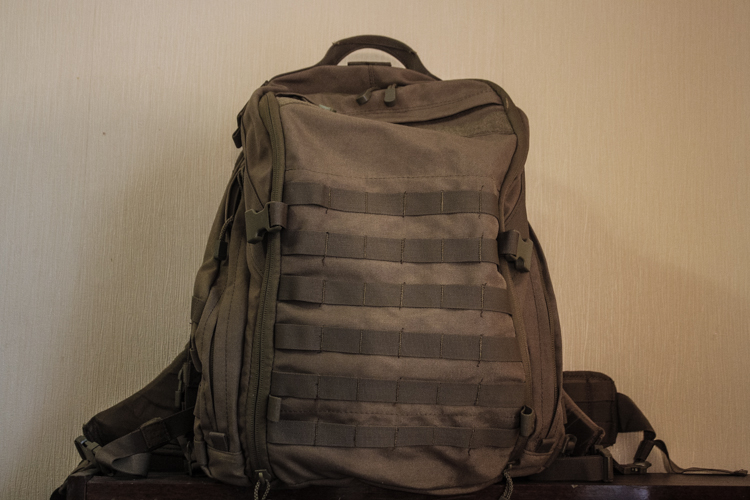
Everything we have just shown to you, is packed in this convenient individual tactical backpack. It can be opened in any position with an easy hand movement. It offers plenty of room for various medications which can be sorted and laid out by separate departments, pockets and supplementary zipper poaches. We did not order any medical supplies as this is up to medics to decide which they need most.

What did we forget? Of course, it’s the most important item, a stretcher. Three units of these compact portable stretchers accurately fold into a handy roll. It can be easily attached to any MOLLE (Modular Lightweight Load-carrying Equipment) in any comfortable position on the backpack. It is fixed with two velcro fastenings and can be unfolded in seconds into a full durable canvas allowing to evacuate even a heavy-weight wounded person from the battlefield. Is it helpful? Sure!

Hopefully, this time the paramedics won’t need the items we purchased for them. Still if it happens to be necessary, then someone’s father, husband or son; mother, wife or daughter will get back home injured and treated but alive.
Now to highly important things, and we ask you to read this information in full.
The purchase and transfer we described has been carried out at the expense of the Rapid Response project. Taking the opportunity, we would like to say thank you to the Tactica gun shop for their assistance, discounts and friendly attitude. As usual, there is always someone who may ask, why it is not the state that cares about the needs of our military. Well, dear friends, the state does care, too. But when it comes to the matter of life saving equipment, it is much better when our medics have all the necessities in availability, good quality and in due time. Life saving equipment can never be too much.
And yes, we constantly need your support. Dear friends, we’re urge you to participate in the project, too. We accumulate and manage certain operational financial reserve to buy for our fighters either minor but vital essentials like those we have just described, or unique equipment that increases their chances in a battle and offers advantage over the enemy. The war is still on, and no one knows what can happen next. That is why we need to always support our Army as much as everyone can afford, since this very question has its ultimate price, the very existence of our state over time.
Dear friends, please come join in.




